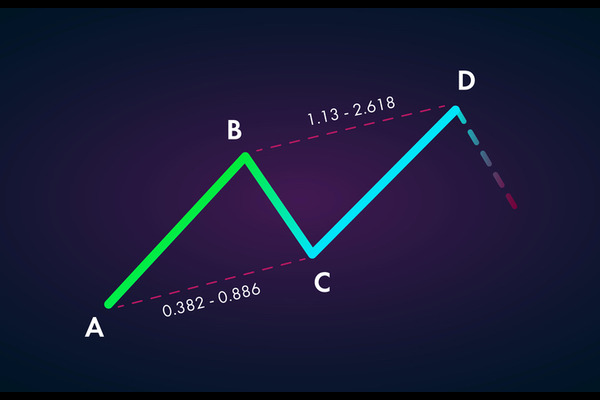In the fast-paced world of finance, knowing how supply and demand work together is like having a secret weapon. Whether you're just starting out or you've been trading for years, understanding supply and demand can be a game-changer for your success. But what does it mean, and why is it so important for traders to get a handle on it?

What is Supply and Demand?
At its core, the concept of supply and demand is an economic principle that governs the pricing of goods and services in a market. It's a delicate dance between the quantity of a product available (supply) and the desire of consumers to purchase it (demand). When supply and demand are in balance, prices tend to remain stable. However, any shifts in either supply or demand can cause fluctuations in prices.
The Supply Side:
Supply refers to the quantity of a product or service that producers are willing to offer for sale at a given price within a specific period. Key factors influencing supply include production costs, technology, government policies, and natural disasters. When supply increases, all else being equal, prices tend to decrease, as producers compete to sell their goods. Conversely, a decrease in supply often leads to higher prices due to scarcity.
The Demand Side:
Demand, on the other hand, represents the desire and ability of consumers to purchase a particular product or service at various price points. Factors affecting demand encompass consumer preferences, income levels, population demographics, and changes in tastes or trends. When demand rises, prices typically increase as well, reflecting the increased willingness of consumers to pay for the product. Conversely, a decrease in demand usually results in lower prices, as producers seek to entice buyers.
The Importance of Supply and Demand in Trading:
Now, you might be wondering, why is all this relevant to trading. Well, understanding supply and demand dynamics is essential for traders across various markets, including stocks, commodities, and currencies. Here's why:
1. Price Prediction: By analyzing supply and demand trends, traders can anticipate price movements more accurately. For instance, if there's a sudden surge in demand for a particular stock, traders might expect its price to rise accordingly. Similarly, if there's an oversupply of a commodity due to increased production, prices could drop.
2. Risk Management: Being cognizant of supply and demand helps traders mitigate risks associated with their investments. By recognizing potential shifts in market sentiment, traders can adjust their strategies accordingly to minimize losses or capitalize on opportunities.
3. Decision-Making: Whether you're buying, selling, or holding assets, understanding supply and demand dynamics informs your decision-making process. It allows traders to identify optimal entry and exit points, maximizing their chances of profitability.
4. Market Sentiment: Supply and demand also reflect market sentiment, which can influence investor behaviour. For instance, if there's high demand for a particular cryptocurrency, it may signal bullish sentiment among investors, driving prices higher.
In conclusion, understanding the dynamics of supply and demand is essential for anyone involved in trading or investing. These principles serve as the backbone of market economics, shaping price movements and influencing decision-making. Whether you're a beginner or a seasoned trader, grasping these concepts can significantly enhance your ability to navigate the financial markets. If you're looking to deepen your understanding of finance, there are various resources available, including educational platforms like EBC Financial Group Learning Centre where you can access comprehensive materials and expert guidance to support your learning journey.







